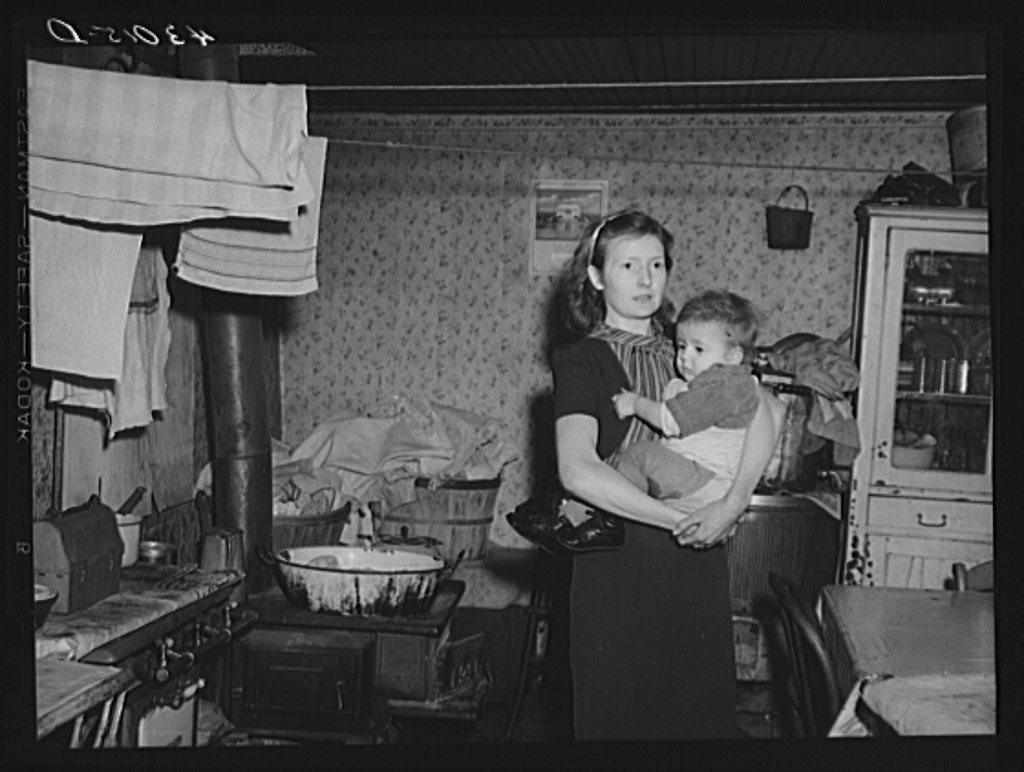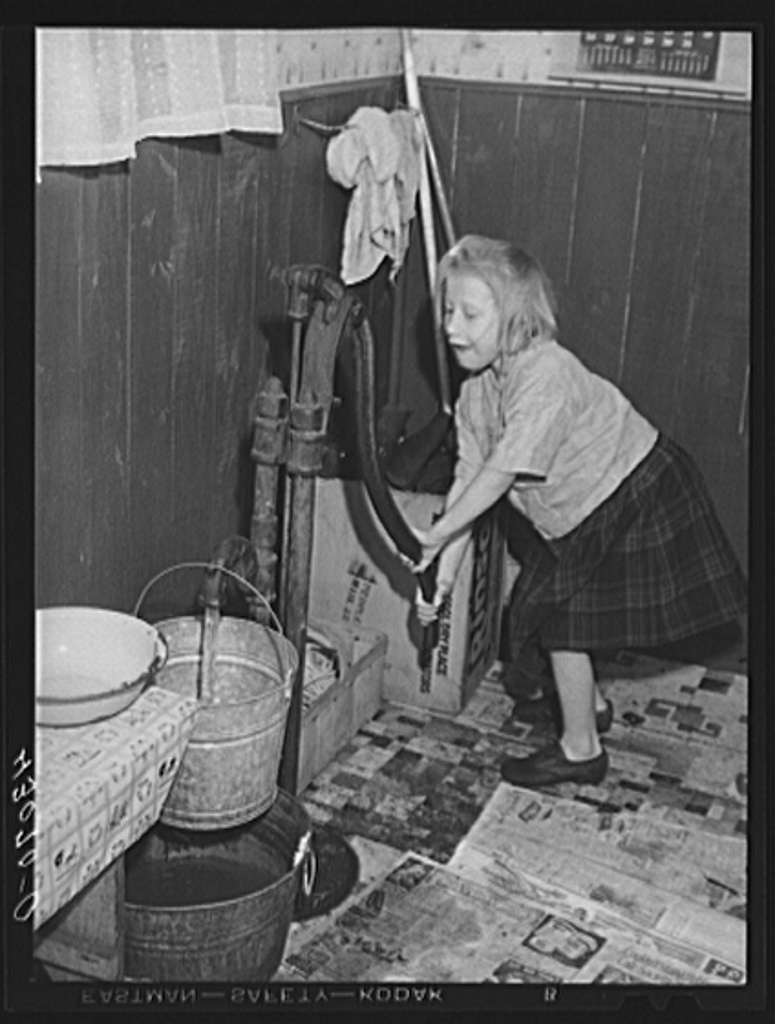Gallery with alias: PUBLIC_HISTORY_BLOG_POSTS not found
Recognizing What Women Done Did

WOMEN’S HISTORY MATTERS
In 1904 the Rev. Joseph H. Bausman opens his centennial account of our county by saying, “Beaver County, Pennsylvania, has a wealth of historic interest beyond what many even of its own most intelligent citizens appreciate.”
More than a century later Bausman’s estimation of our collective appreciation of Beaver County history still rings true; by and large we tend to have only a cursory understanding of our shared local history and heritage—to the dismay of the many public historians working diligently to capture, preserve, and share our history at more than 20 museums and historical societies and associations throughout Beaver County.
What we don’t know about history is more than an academic deficit. What we don’t know about history robs us of knowing our ancestors, our fore fathers and mothers, and the heroes of history who might guide and inspire us today, such as our county’s fierce abolitionists and labor leaders.
What we don’t know about history cannot be appreciated.
Take for example the history of women in Beaver County. Who’s famous? Who’s historical? Who helped shape and influence the social, economic, and political foundations of Beaver County? The history books recall Queen Aliquippa, Mary McMinn, Gertrude Rapp, and Susanna Duss.
And let’s not forget the lesser identified Quaker women of the abolitionist movement and the women providing front-line support for the labor organizers confronting the steel mills, our women war workers and veterans, farmers, civil service workers, civil rights activists, educators, faith leaders, business women, sports legends, and media celebrities.
Perhaps most of all, let’s not forget the women who raised our children and kept households; yesteryear, they were called “homemakers.”
But generally speaking, still hidden in the deeper shadows of our local history, are the countless anonymous women whose historical roles we don’t know about, think about, or talk about—women of history we don’t much appreciate, even a hundred years after Joseph Bausman reminded us of the value of Beaver County’s women of history.
In admiration and praise for our frontier mothers, he writes:
With her own hands she clipped the wool from the sheep washed it carded it spun it wove it and made it into garments for her husband and children. She went to the field and pulled the flax and watered it and broke it and scutched it and spun it and wove it and made it into clothes while her husband was wrestling with the roots and grubs. There never were more noble women than the pioneer mothers of Beaver County.
They sleep in the quiet churchyards today but their influence lives. I never saw my father’s mother. I never saw anything that belonged to her but the old Bible that she loved so well. And although she died when my father was yet in his teens yet he always said that he owed all that he was to the training he received when a child at his pious mother’s knee.
And I know that she trained him up with so high a sense of honor that I never knew him to speak an untruth. I never knew him to do a dishonorable act. And I know that I owe much to her for she molded him that molded me. And so it is with the people that are living in the grand old county today. The holy influence of the pioneer mothers is with us still.
Coming May 2020, we get a chance to join Beaver County’s local history museums in recognizing women’s “holy influence” while exploring the “Role of Women in Our History” as part of the 13th Annual Beaver County History Celebration Weekend.
A NOT-SO-HIDDEN HISTORY
Upon further critical reflection of our mini-essay about the 2020 Beaver County History Weekend Celebration showcasing the roles of women in local history, we take the bold step toward including the historical presence of prostitutes. Wait, what?
Generally referred to today as “sex work,” commercialized carnal transactions have always been a part of American life–on the wilderness frontiers, about the forts, wharfs, back allys, taverns, and brothels. As it did in the 18th century, sex work continues today in Beaver County as a means of economic survival. Honest work? That’s a moral judgement. It is, however, as much a real labor as any other vocation, be it that of soldier, politician, truck driver, teacher, plumber, or historian.
In his classic anthology of workers’ voices and 1st-person descriptions of their work, the late oral historian Studs Terkel talks with a prostitute. Her story provides powerful insight into her feelings about sex work, how society treats her, and how her work fits into American life. Always a compassionate public historian, Terkel writes:
Ruby Bates, one of the young white girls, was a remarkable person. She told me she had been driven into prostitution when she was thirteen. She had been working in a textile mill for a pittance. When she asked for a raise, the boss told her to make it up by going with the workers. She told me there was nothing else she could do…Ruby Bates was a remarkable woman. Underneath it all—the poverty, the degradation—she was decent, pure. Here was an illiterate white girl, all of whose training had been clouded by the myths of white supremacy, who, in the struggle for the lives of these nine innocent boys, had come to see the role she was being forced to play. As a murderer. She turned against her oppressors . . . . I shall never forget her.
To us, Ruby Bates’ experience is invaluable social history, worthy in its own right to be included in the broader historical record of her community.
In discussing the history of sex workers in colonial times, Slate Magazine’s Brian Palmer states:
American prostitution was rare and clandestine and practiced mostly on a casual basis through the mid-18th century. Occasionally, tavern owners were prosecuted for operating “disorderly houses,” but such cases were rare, and the penalty was a small fine or a few lashes—a slap on the wrist by Colonial standards . . . .
Sex workers multiplied dramatically by the mid-1700s. American cities began to grow along with maritime trade. That brought increasing numbers of sailors, and brothels opened to suit them. When George Washington was a young man, brothels could be found in port cities like New York; Philadelphia; Charleston, S.C.; and Newport, R.I. In 1753, Bostonian Hannah Dilley pled guilty to permitting men “to resort to her husband’s house, and carnally to lie with whores.” (Dilley was sentenced to stand on a stool “at least five feet in height” outside the courthouse, holding a sign describing her offense.) Prostitution was ubiquitous in Philadelphia’s “Hell Town,” the prototype for the red light districts that would spread across America in the next century. Benjamin Franklin himself admitted to hiring his share of strumpets, as he called them. While we do not know whether Alexandria had its own bawdy house when Washington passed through, it was a growing port city with a large transient population
Colonial-era brothels did not hang out shingles or post flyers, but a would-be patron could learn about their services in a tavern or from his shipmates. Despite Mather’s early efforts, there was no systematic attempt to close the urban brothels. Men were almost never prosecuted for soliciting a prostitute, and the prostitutes themselves were only occasionally brought before a judge. When government officials did order a raid, the police didn’t always cooperate. Many police officers protected the brothels in exchange for money, food, or other payments. Working-class neighbors, irritated by official inaction, would periodically riot and burn down a brothel.
George Washington encountered commercial sex in another setting, as general of the Continental Army. During the Revolutionary War, packs of women known as “camp followers” assisted the troops with wound care, cooking, laundry, and other services, sometimes including prostitution. Soldiers also slipped out of camp and visited New York’s brothels, which they called the “Holy Ground.” Venereal disease became so common that the army began deducting pay from afflicted soldiers as punishment.
OUR POSITION
If we are to be intellectually honest and daring, women sex workers should be recognized has having played a role in the formation and history of Beaver County. Currently, we are unaware of any recognition of this history by any of the county’s 20+ historical museums, societies, or associations. We don’t expect this to change, as people tend to avoid, perhaps even shun, the topic.
The upcoming History Celebration Weekend in 2020 is a great opportunity for local historians to highlight the amazing accomplishments of Beaver County women. Their stories need to be told so that we may more deeply appreciate their lives, experiences, and their social, economic, and political accomplishments–as Rev. Bausman encouraged us to do more than a century ago.
But in doing so, let’s make some attempt to recognize the full spectrum of women’s history, not just the overly exposed highlights that might fit neatly into a 5th grade history book. The history of women as sex workers doesn’t have to be “celebrated,” but it should not be muted either by those who find the topic more unseemly than the historic violence of warfare or the historic vileness of racism and slavery–topics which are typically on full graphic display in museums but presented appropriately and in context by skilled and thoughtful public historians.
Throughout this blog we have strongly promoted people history over artifact history, advocating strongly that public historians should consider a wider range of social, cultural, racial, economic, and political histories in their work.
Here’s what can be done by local historical museums and societies:
Include social, economic, and political minority points of view in your work.
Ensure that lesser known historical topics are revealed to the public.
Instead of avoiding “sensitive” topics, find ways to present them in appropriate, educational ways.
Beaver County Women
PUBLIC HISTORY MATTERS
At The Social Voice Project, we celebrate history and people through our community oral history projects that give us a chance to look, listen, and record the voices and stories of our time. We encourage all local historical societies and museums to capture, preserve, and share their communities’ lived experiences, memories, customs, and values. Future generations are depending on it.
Contact TSVP to learn more about our commitment to public history and technical assistance in creating community oral history projects.
CRITICAL ESSAYS & THOUGHTS ON PUBLIC HISTORY
CLICK IMAGE TO READ







You must be logged in to post a comment.